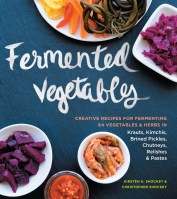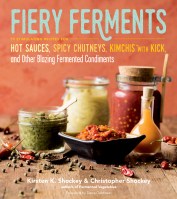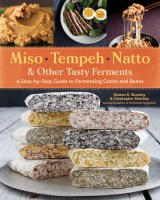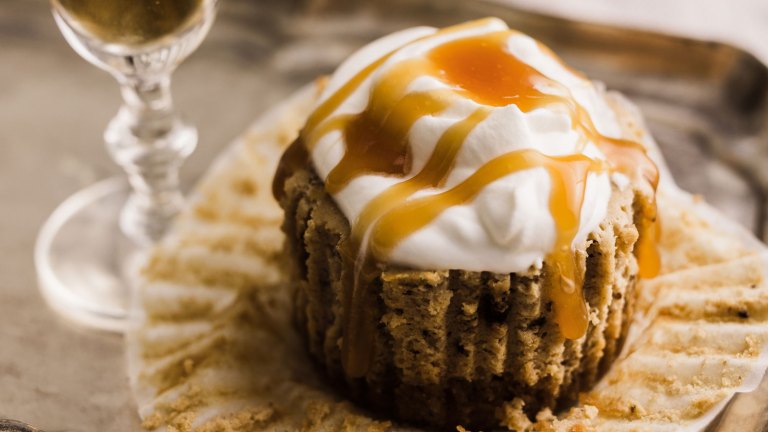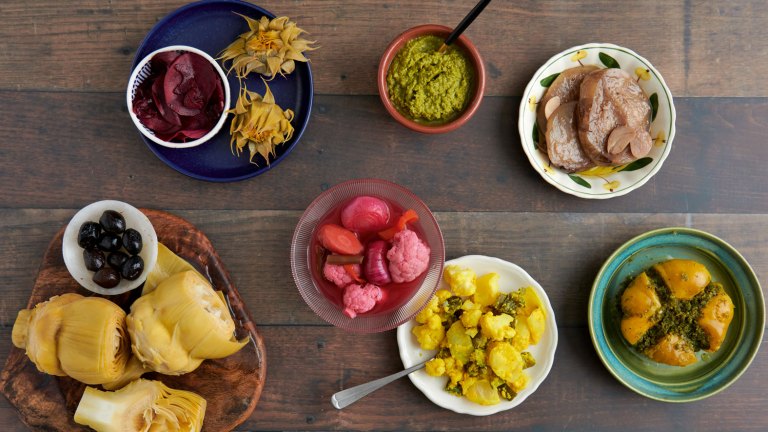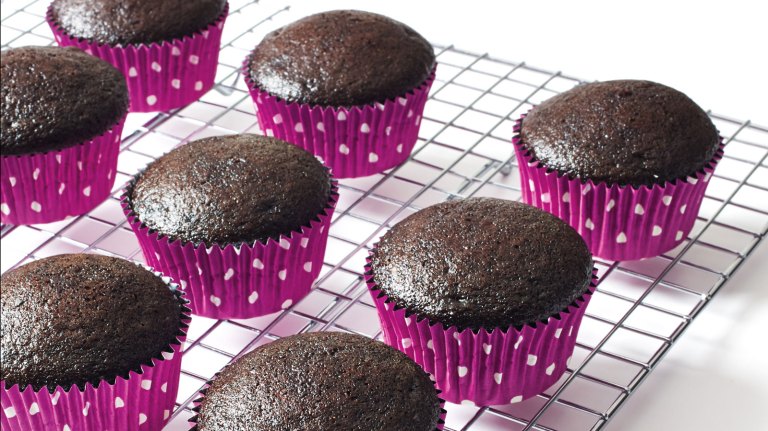Community Building with Our Fermented Lives
Learn how the act of sharing fermented foods has shaped human communities throughout history—and take part in this tradition yourself by making bread from a family recipe.
Fermented foods sit at the intersection wherein the personal and individual meets the communal. Our fermented foods are, of course, filled with their own communities, teeming with bacteria, yeast, and fungi that intersect with our senses and our own microbiomes. But they connect us to macro-communities as well: As one of our most ancient preservation methods, and one that fundamentally has not changed over time, fermentation gives us direct access to a lineage of food shared by humans all over the world for thousands of years.
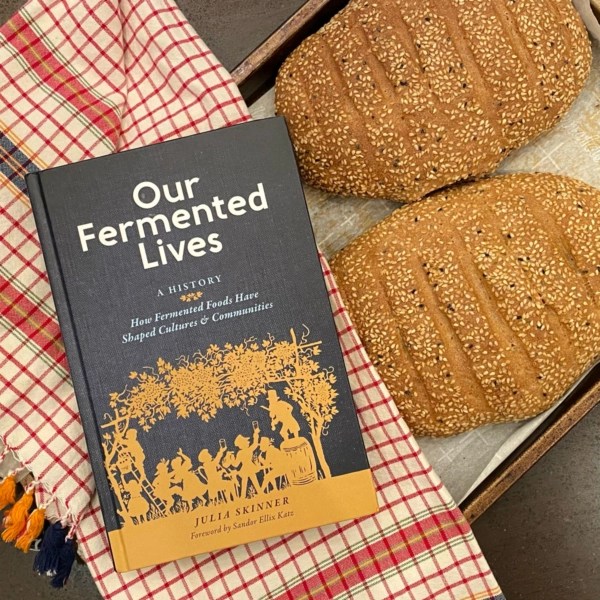
Our foods offer a map of the abundance and shortage they faced, as well as what stories were passed down through history versus what history has been lost or buried. We pass on those stories and foods through heritage starters, family recipes, and the myths and legends that weave their way through each family line. Ferments are a direct tether between our ancestors and ourselves.
Try taking part in this micro- and macro-community-building tradition by making loaves based on a beloved family recipe—or try this Amish Friendship Bread recipe I created by bringing together two friendship bread recipes I found among my mother’s collection.
The bread starter can be endlessly divided and shared with friends and family, weaving the entire community together in the creation of a microbe-rich starter – and many loaves of bread – that everyone can enjoy.
Amish Friendship Bread
This recipe assumes you’ve been given a friendship bread starter. If you haven’t, you can substitute regular sourdough starter, but the resulting bread will taste different.
Feeding and Dividing Your Starter
You’ve been given a bubbly little starter, and it’s time to propagate it. If you have been given more than 1 cup of starter, give the extra away or keep feeding it if you’d like a larger starter batch. Making friendship bread is an act of sharing as well as baking, which means that after you mix in the final flour, sugar, and milk to the starter, you’ll divide it into four portions. Three of these will go to friends, and one is used to bake your bread. If you would like to continue cultivating the starter, keep one of the remaining three starters and feed it using the instructions below.
Day 1: Pour 1 cup of the starter into a medium bowl and cover with a tea towel or cloth. Let sit at room temperature.
Days 2–4: Stir each day.
Day 5: Add 1 cup flour, 1 cup sugar, and 1 cup milk and stir well.
Days 6–9: Stir each day.
Day 10: Add 1 cup flour, 1 cup sugar, and 1 cup milk to the starter and stir well. Scoop out 3 cups of the starter, 1 cup at a time, and put each cup in a separate container. Give to three friends with a set of feeding and baking instructions. Make bread with the remaining starter.
Baking Bread
Ingredients:
- 1 cup Amish friendship bread starter
- 2/3 cup oil
- 3 eggs
- 2 cups all-purpose flour
- 1 cup sugar
- 2 teaspoons pure vanilla extract
- 1 ½ teaspoons baking soda
- 1 ½ teaspoons ground cinnamon
- 1 teaspoon ground nutmeg (optional)
- ½ teaspoon salt
- 1 cup chopped dried fruit, chopped nuts, or chocolate chips (optional)
Directions:
- Preheat the oven to 350°F/180°C. Oil an 8 ½-inch loaf pan.
- Place the starter in a large bowl. Add the oil, eggs, flour, sugar, vanilla, baking soda, cinnamon, nutmeg (if using), and salt. Stir well using a spoon (do not use an electric mixer). Add the dried fruit, nuts, or chocolate chips, if using, and stir to incorporate.
- Bake for 45 to 55 minutes, or until the bread springs back when lightly pressed in the center. Let cool slightly, then turn out onto a serving plate and allow to cool completely before enjoying.
Excerpted and adapted from Our Fermented Lives © Julia Skinner.



